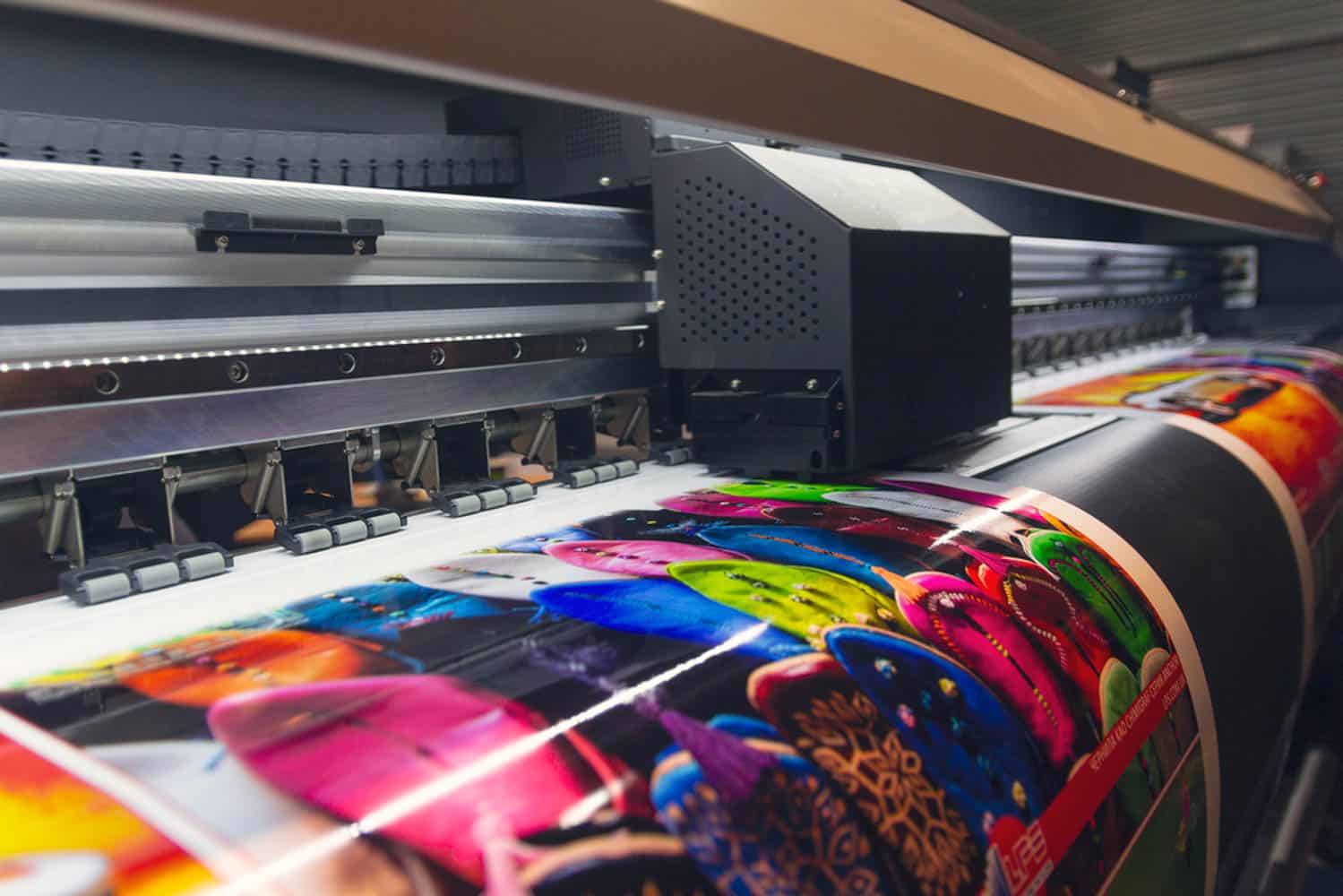Passive income streams are more accessible now with print on demand models.
Wiki Article
Recognizing Exactly How Digital Printing Reinvents the Printing Industry
The printing industry, long steeped in traditional methods, is undertaking a radical makeover with the arrival of electronic printing. This ingenious innovation, which eschews the demand for printing plates, makes it possible for fast manufacturing and customization, reshaping the landscape of print interaction. With its potential to stimulate engagement with individualized material and to provide lasting solutions, it's clear that digital printing is greater than a technological advancement; it's an essential game changer. Just how precisely does it transform the sector? Allow's discover.The Evolution of Digital Printing: A Quick Summary
Because its inception, electronic printing has actually undertaken substantial transformations, constantly revolutionizing the printing sector. Its development began with the growth of xerography in the mid-20th century, a process which prepared for printer. With the arrival of the 90s, electronic printing modern technology started to develop, and the sector experienced the intro of straight imaging presses, which removed the demand for publishing plates. As the brand-new millennium unfolded, advancements in modern technology additionally stimulated the development of digital printing, leading to the production of high-speed inkjet printers. These tools used remarkable quality and rate, forever changing the landscape of the industry. Today, electronic printing stands as a testament to human advancement, constantly evolving to satisfy the ever-changing needs of the modern-day globe.
Unboxing the Innovation Behind Digital Printing
Exploring the complexities of digital printing technology, one experiences a rich tapestry of advanced machinery and facility formulas. At the heart of this procedure exists an electronic picture, which is processed by software that splits it into a grid of dots. These dots are then converted right into an electronic code. This code is translated by the printer, which uses it to specifically deposit droplets of ink onto the substratum. The beads are so small and accurate that they produce a photo that is basically equivalent from the initial. This detailed system, boosted by sophisticated software program and high-resolution imaging, has transformed the landscape of the printing sector, leading the means for extraordinary degrees of information and precision.
The Benefits of Digital Printing for Services
Comprehending the technology behind electronic printing offers a clear photo of its accuracy and information. For services, this converts right into countless advantages. Electronic printing offers unmatched speed, making it possible for companies to fulfill tight due dates without this article jeopardizing on top quality. Next, it minimizes prices as there are no plates or physical setup, making it excellent for small-volume printing tasks. Moreover, this modern technology uses exceptional consistency with each print result, removing variations often seen in traditional approaches. Digital printing is environmentally pleasant, utilizing much less ink and generating less waste. However, the complete possibility of digital printing is recognized when used for personalization and customization, a topic that will be covered detailed in the next section.The Role of Digital Printing in Modification and Personalization
While conventional printing approaches have problem with modification and personalization, electronic printing stands out in these locations. It enables the simple alteration of layouts, without the demand for expensive and lengthy plate changes (print on demand). This enables companies to tailor products to individual clients, meeting certain requirements and boosting customer complete satisfactionDigital printing additionally enables for variable data printing, where his explanation aspects such as message, graphics, and images may be changed from one published item to the following, without reducing the printing process. This is particularly advantageous for direct advertising and marketing campaigns, where individualized messaging can considerably boost action rates. In this way, electronic printing not only transforms the printing industry but likewise changes the means services interact with their customers.
Evaluating the Ecological Influence of Digital Printing
Although digital printing has been lauded for its function in customization and customization, it is important to examine its ecological impact. Digital printing can be less inefficient than standard methods, because it runs on a 'print as needed' basis, eliminating the demand for large print runs that can result in excess and waste. In addition, it utilizes less chemicals and creates less volatile organic compounds (VOCs) contrasted to balance out printing. Nonetheless, the power usage of digital printers can be high, resulting in increased carbon impact. Moreover, making use of non-recyclable printing elements and the difficulty of e-waste monitoring posture substantial ecological concerns. While digital printing has lots of benefits, its environmental effect has to be conscientiously taken care of.Conclusion
To conclude, digital printing has changed the printing sector, using rapid, cost-efficient, and top quality services. It promotes customization, boosting customer involvement, and uses a sustainable print-on-demand version. visit here As this modern technology remains to develop, its influence on organization interaction, client complete satisfaction, and ecological sustainability comes to be increasingly extensive. Recognizing these modifications is vital for businesses to leverage the benefits of electronic printing efficiently.Report this wiki page